The average person should drink at least eight ounces of water a day to maintain a healthy lifestyle. Unfortunately, hundreds and thousands of Chicago residents could unknowingly be poisoning themselves in attempts to do so courtesy of their old, lead piping.
Chicago mandated the use of lead service lines until 1986 when the federal government enacted the Drinking Water Act. This law banned further use of lead for pipe installation nationwide after health risks associated with lead became more widely known.
Since then, Chicago has been sitting on a lead piping system that leads to over 300,000 homes across the city. Over time the interior of these pipes has been slowly eroding away, depositing lead straight into the water that fills residents’ cups.
On April 12, 2018, an extensive investigation from the Chicago Tribune showed hundreds of homes in Chicago testing positive for lead in their water. DePaul University currently has 22,437 students enrolled, with 19,537 living off campus and spread throughout the city. In an effort to provide the DePaul community the resources to test their water, 14 East launched an investigation to simplify the testing process with the goal of reporting our findings.
Map by Christopher Silber, 14 East.
Since September 2018, 92 people signed up to be a participant in the investigation. Through an online survey, tests were ordered on behalf of 14 East to participants’ homes. Each person received a package with three plastic containers, several forms and detailed instructions on how to complete their test.
The Testing Process
Junior Camille Koch, who lives in Lincoln Park, described the initial process as “generally pretty easy.” The one thing that became a challenge for Koch and many other participants was finding the perfect time to collect their samples.
The city requires the water to be stagnant prior to testing to ensure accurate results — meaning the water couldn’t be used for a minimum of six hours. Leaving the water stagnant allows it to sit in the pipes collecting and absorbing any sediments that might exist, including lead.
“Trying to find a time where no one in our apartment was using the water for six hours was kind of hard,” said Koch.
To combat this, many opted to leave their water stagnant over night while everyone was sleeping, testing first thing in the morning. However, this wasn’t possible for North Center resident Grace Jacques since her roommate’s schedule didn’t allow for a morning test.
“I needed to figure out a time where we would be gone all day, and then we could test it together,” said Jacques.
The Department of Water Quality includes a detailed how-to document for reference along with an online video available for participants on their website. After the stagnant period, participants can draw their samples. In order to test water from different locations along the pipe, participants open the tap and leave it running, drawing samples right at the beginning, at 3 minutes and then again at five minutes.
After participants collect their samples, they have a four-day deadline to schedule a pick-up with the city — which can be done online. Once the request is scheduled, the participant should receive a confirmation email from the city.
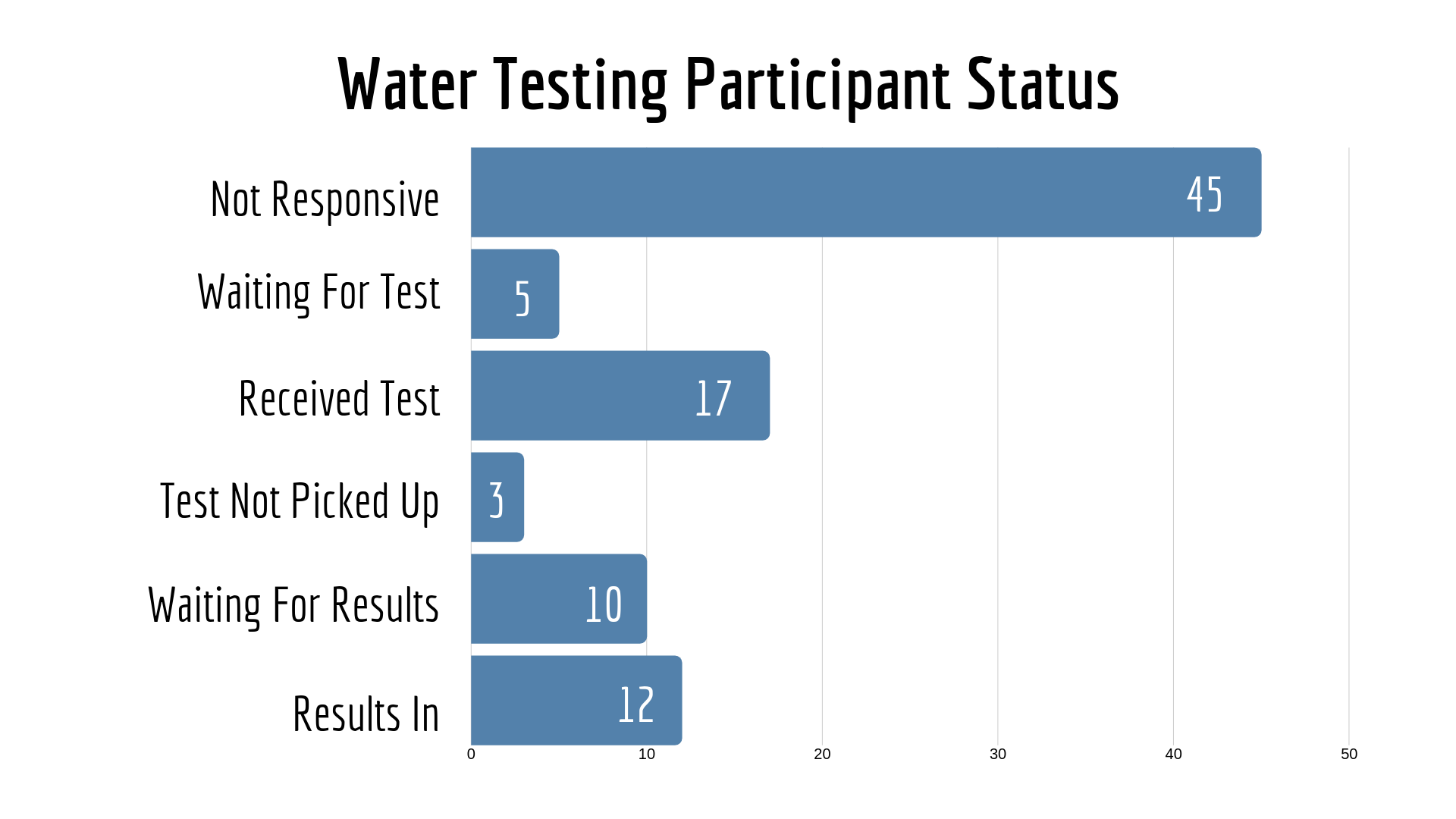
Graphic by Marissa Nelson, 14 East.
Out of 92 participants, 22 of were able to successfully test and send out their testing kits, 5 are still waiting for a testing kit, 20 were unable to complete the process for various reasons and 45 were deemed unresponsive by the 14 East staff.
Jacques was successful in setting up a pick-up date, but she says the city never showed up. She also never received a follow up email or call. With a busy schedule, and a small window of time, Jacques was unable to reschedule her pick-up date.
Lakeview resident Marty O’Connell is unsure if his package was collected or stolen. Without a doorman, O’Connell had to leave the test in a common area for the city to pick up. All he knows is that when he left home his package was there and when he returned, it was gone.
“I kind of assumed, oh great it got picked up,” O’Connell said. “Since then I’ve been hoping it was actually picked up by the right people, but I’m not entirely sure.”
When tests are picked up, residents should receive an email like this, detailing the date of submission along with a tracking number. O’Connell says he never received any additional contact from the city after his package disappeared.
Despite his disappointment, O’Connell says he would be willing to do the test again.
“It’s something that I would possibly be interested in if it comes up again depending on what the situation is like. It’s definitely a good project and something to know, especially with the case of water in Chicago,” O’Connell said.
The Results
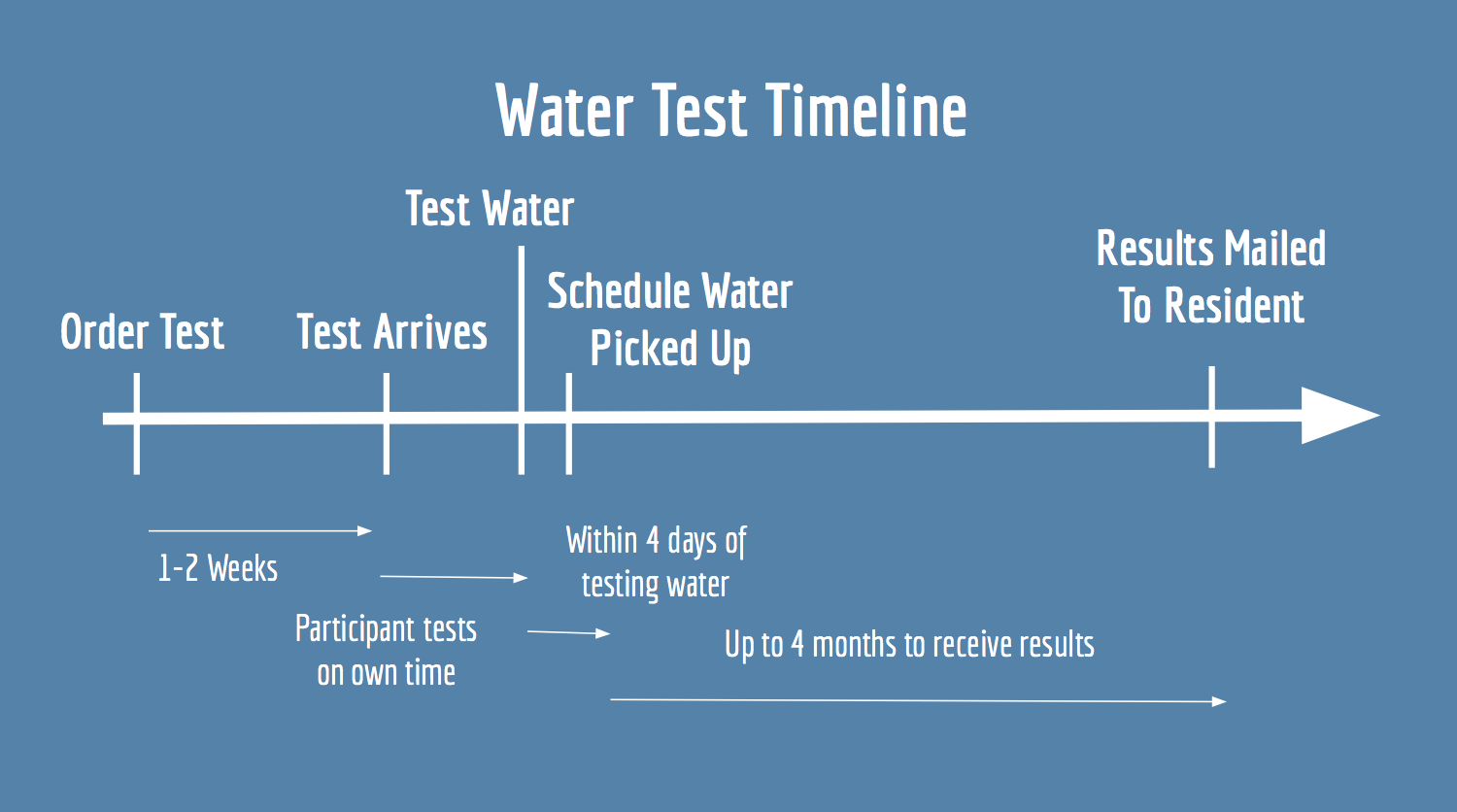
Graphic by Marissa Nelson, 14 East.
After a testing kit is picked up by the city, the waiting game begins. Active participants began to receive their results approximately two months after they tested their water.
A separate article explaining 14 East’s reporting process explains that participants were separated into two main waves. The first wave of participants received their testing kits in October 2018, with the second wave following suit in late February/early March 2019. As a result, there are still participants who have not yet reached the two-month waiting period.
Twelve participants successfully received their results, however. Two residents tested positive for lead with a level of 3.9 parts per billion (ppb). The EPA action level is 15 ppb, but these levels are close to the FDA limit for bottled water at 5 ppb.
Although these levels are not high enough to render action from the city, Lakeview resident Grace Geiger is glad that she took initiative to test her water and now plans to continue using her Brita filter daily to help filter out any existing lead.
“Obviously I wasn’t thrilled that I had lead in my water, but I also have a really old house so it wasn’t much of a surprise,” Geiger said.
With Geiger’s results she also received recommendations from the city on how to minimize the exposure of lead into her system. These recommendations are standard to mirror the EPA, and suggest flushing a stagnant tap for five minutes before drinking and to use cold water to minimize absorption into the body.
Nine out of the active 22 participants are still waiting for test results. Seven were originally part of the second wave, meaning they are soon approaching their two month mark with results, hopefully, to follow. Three participants are from our first wave and have indicated problems with lack of communication from the city and have described similar situations as O’Connell — packages disappearing with no follow up.
Maps by Christopher Silber, 14 East.
In an exit survey that is still actively receiving responses, we asked participants to share changes they would make to the program. Many said that they wished the turnaround time was faster, some admitted forgetting about the project during the gap.
“I thought it would take like two weeks to get the results back, but it took more than a month and I wasn’t sure if that was normal,“ Koch said. “I almost forgot about it.”
Others wrote that having a drop off location would be helpful, especially for those who don’t have doormen or a secured package pick-up room.
Overall, participants indicated that they were not aware of the free testing kits, but were generally interested in finding out their results.
“I think people should definitely take advantage of it because you have nothing to lose but everything to gain,” said Geiger.
If you are someone you know is interested in testing their water, click here to order your free water testing kit.
This investigation was made possible by funding through the Illinois Humanities, News Integrity Initiative and the MacArthur Foundation.
Header image Cody Corrall, maps by Christopher Silber, 14 East.


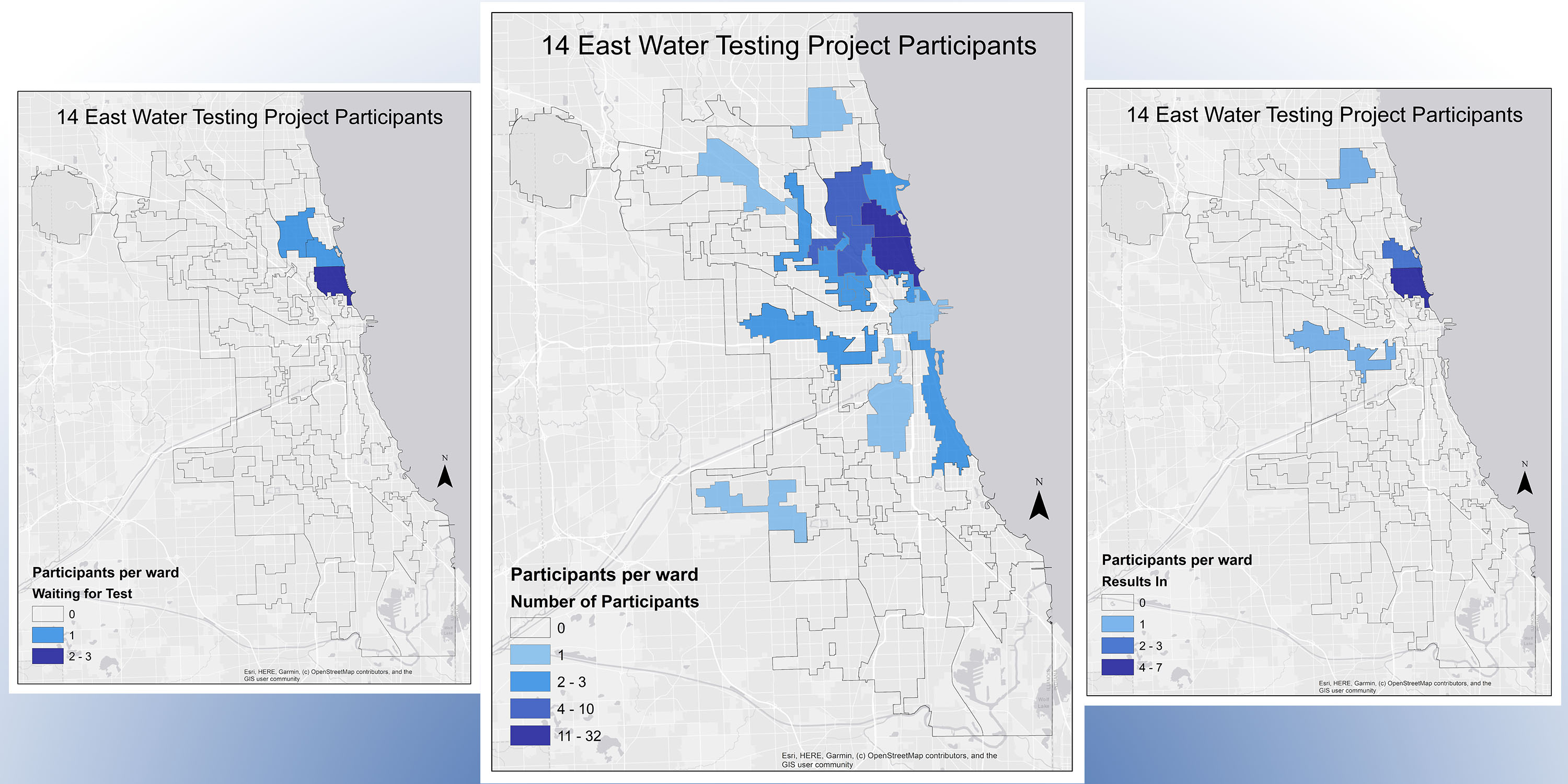
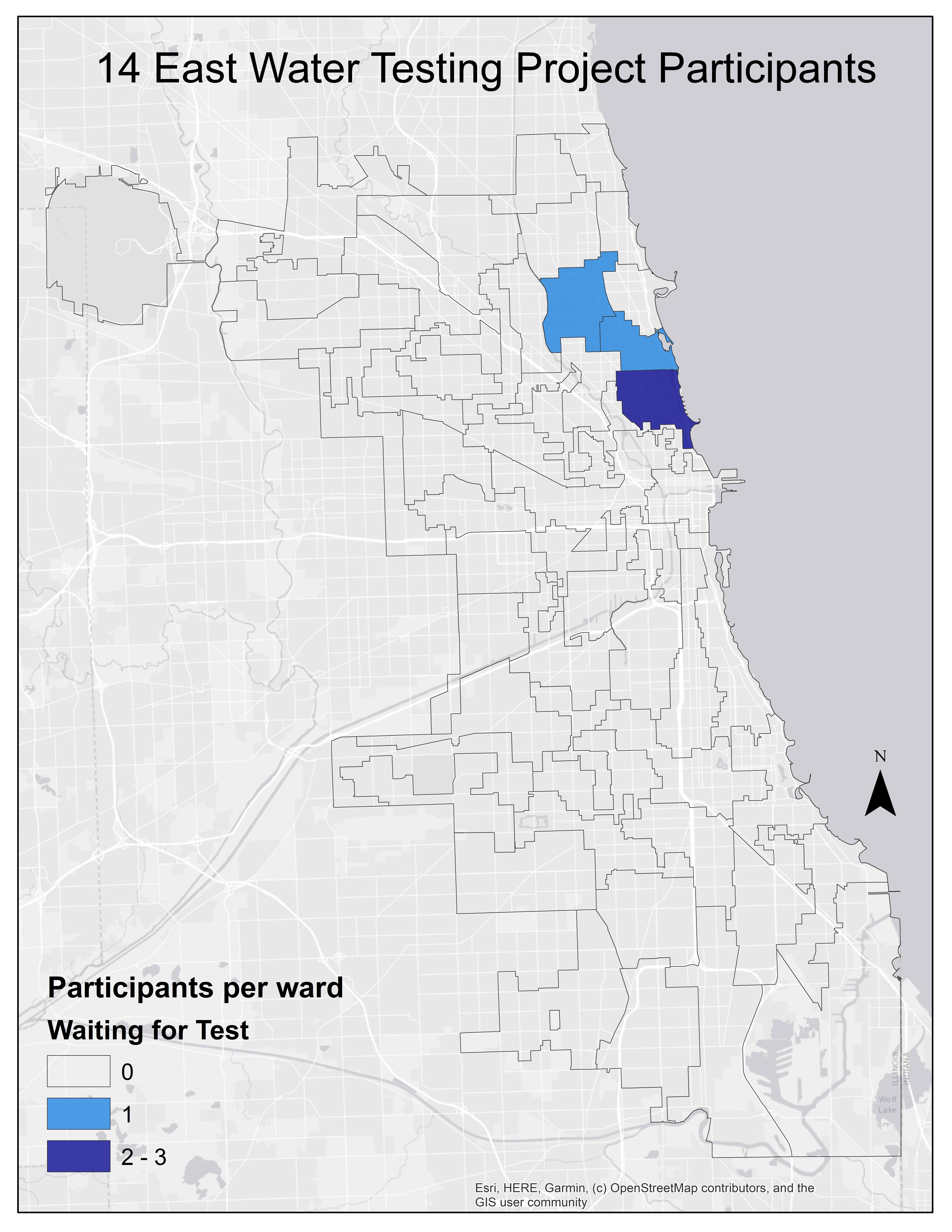
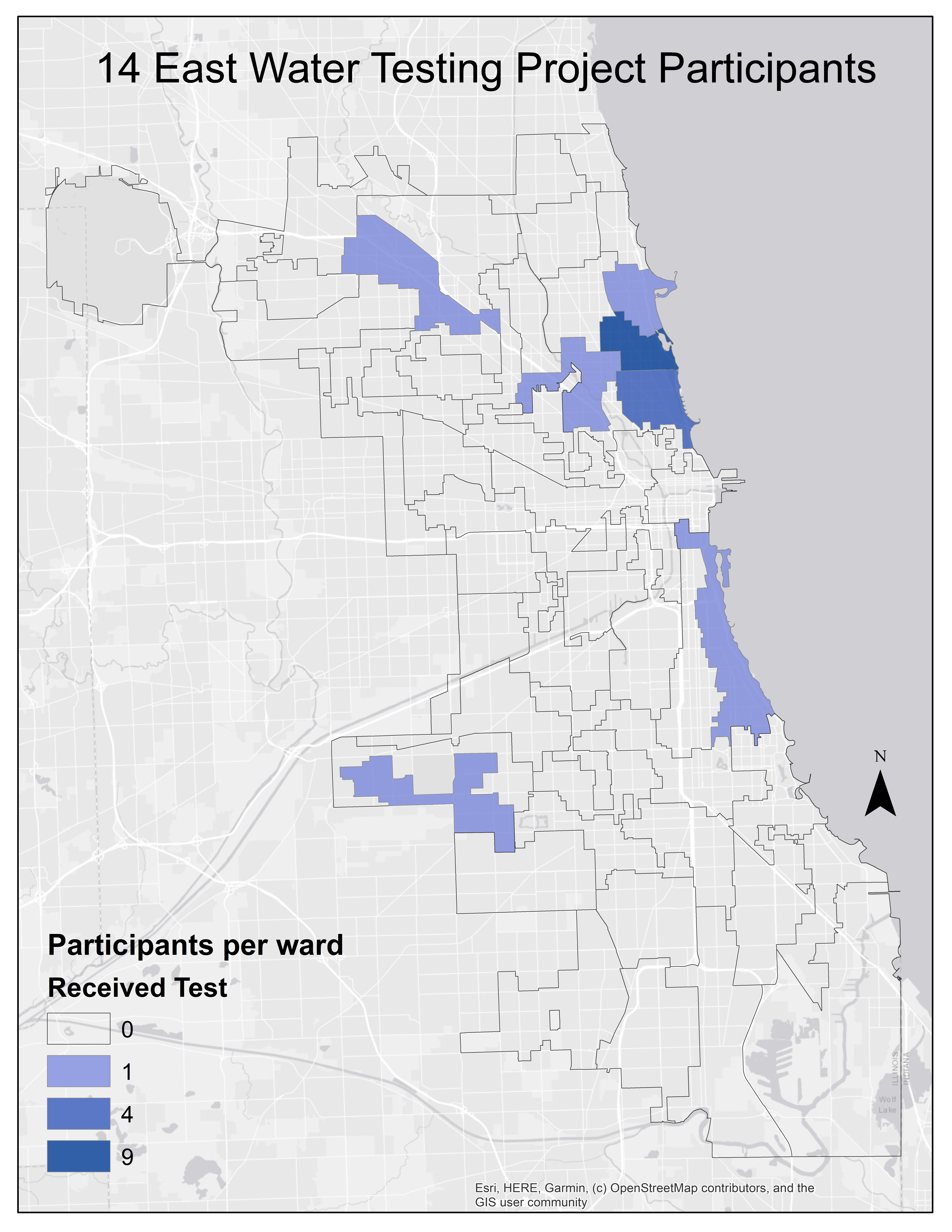
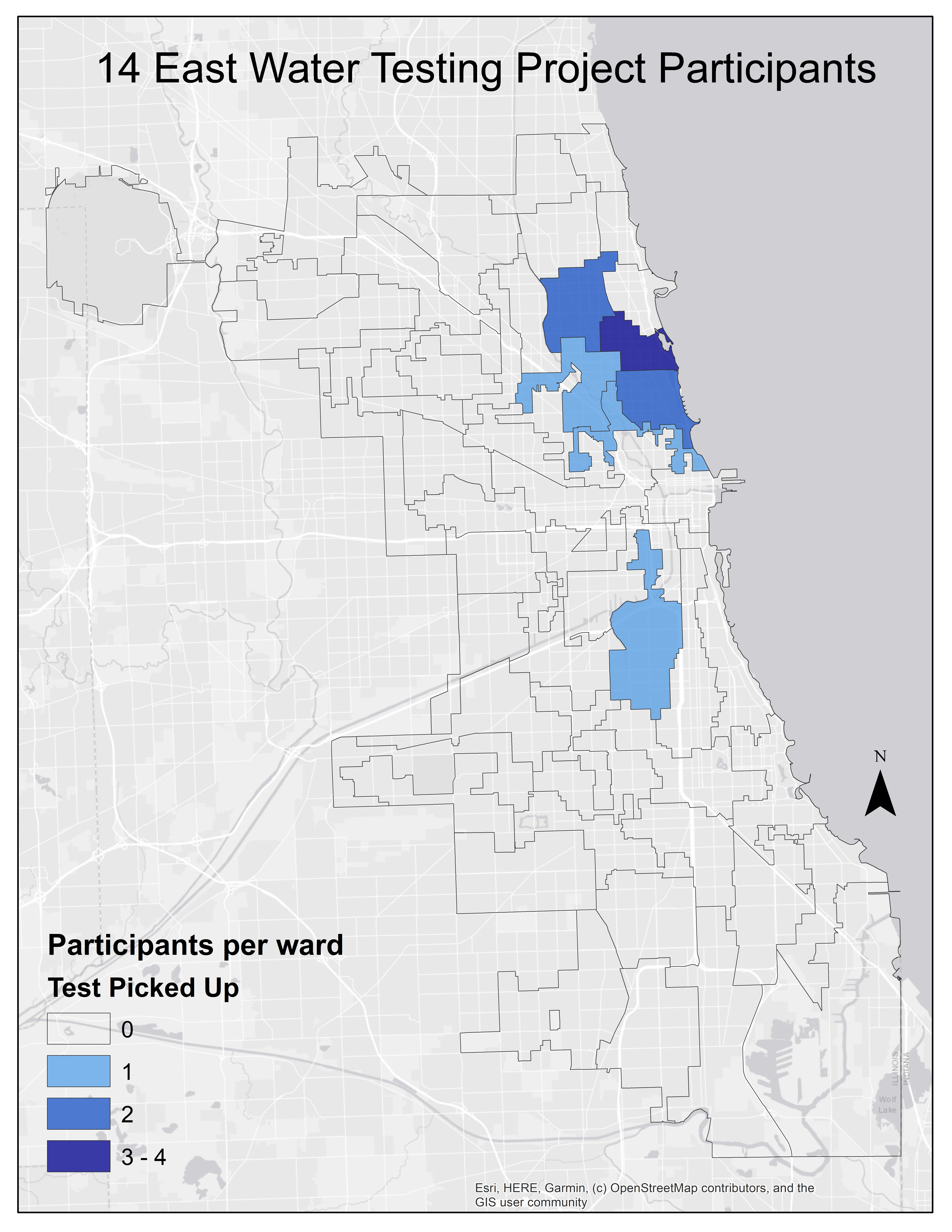
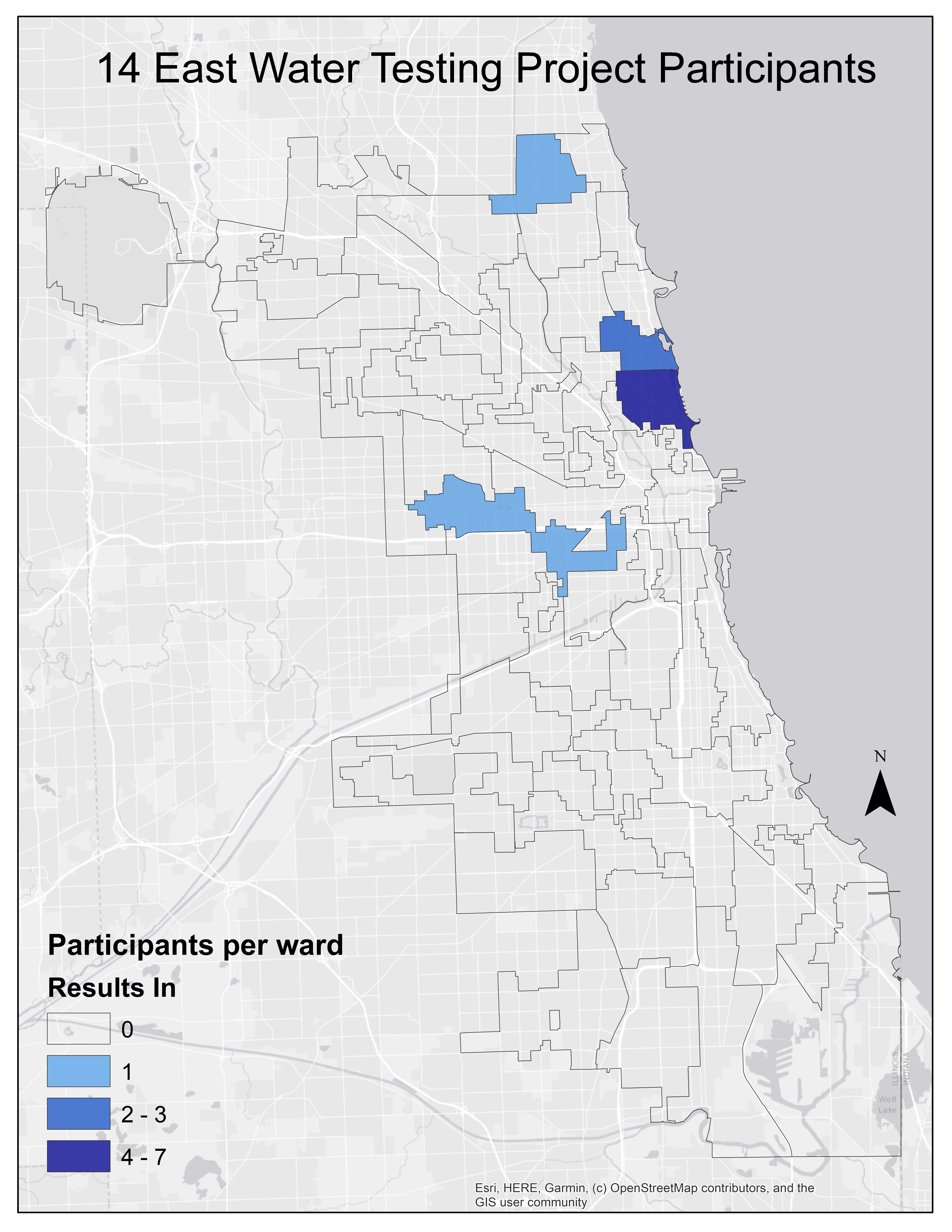

NO COMMENT